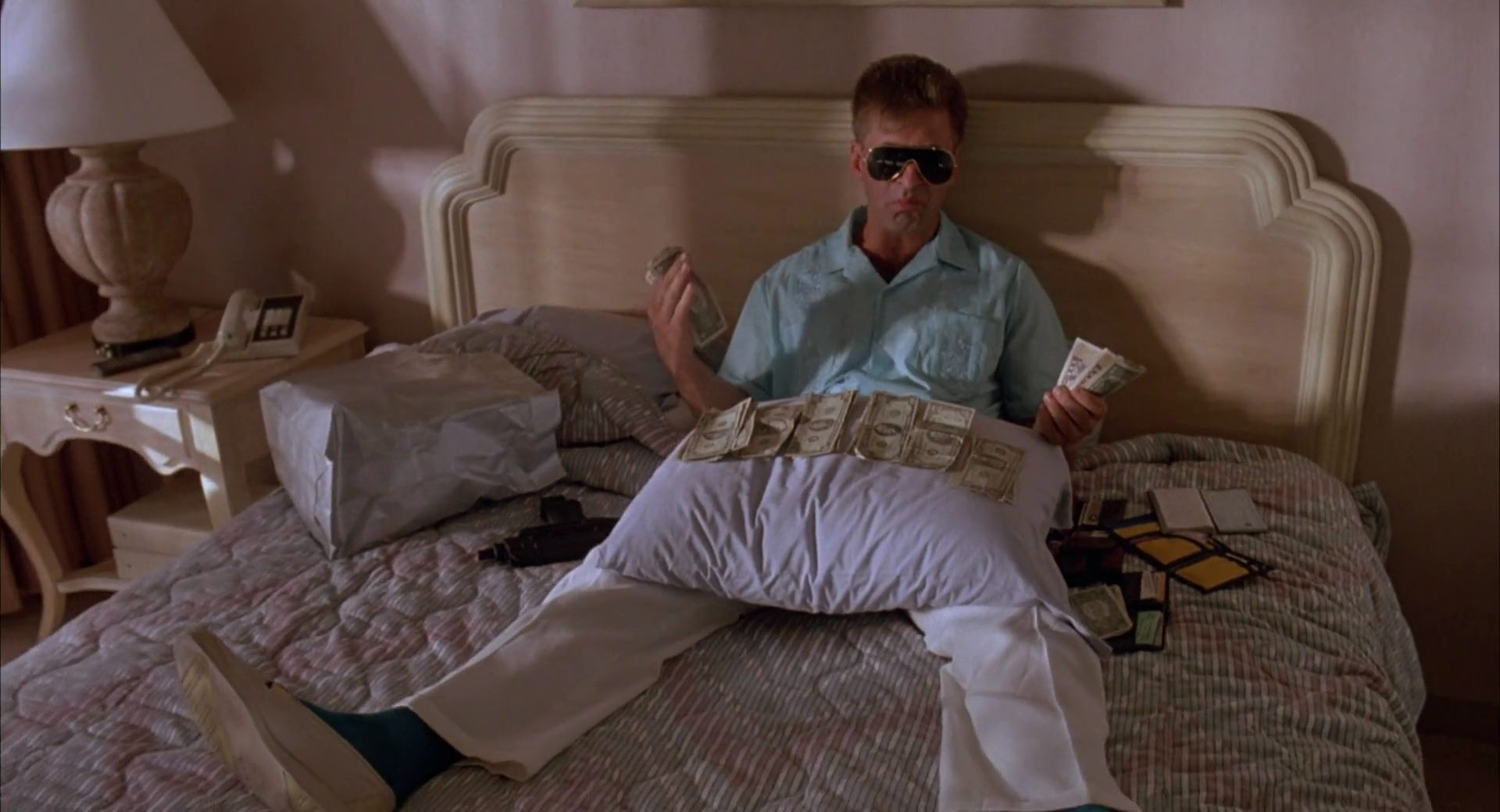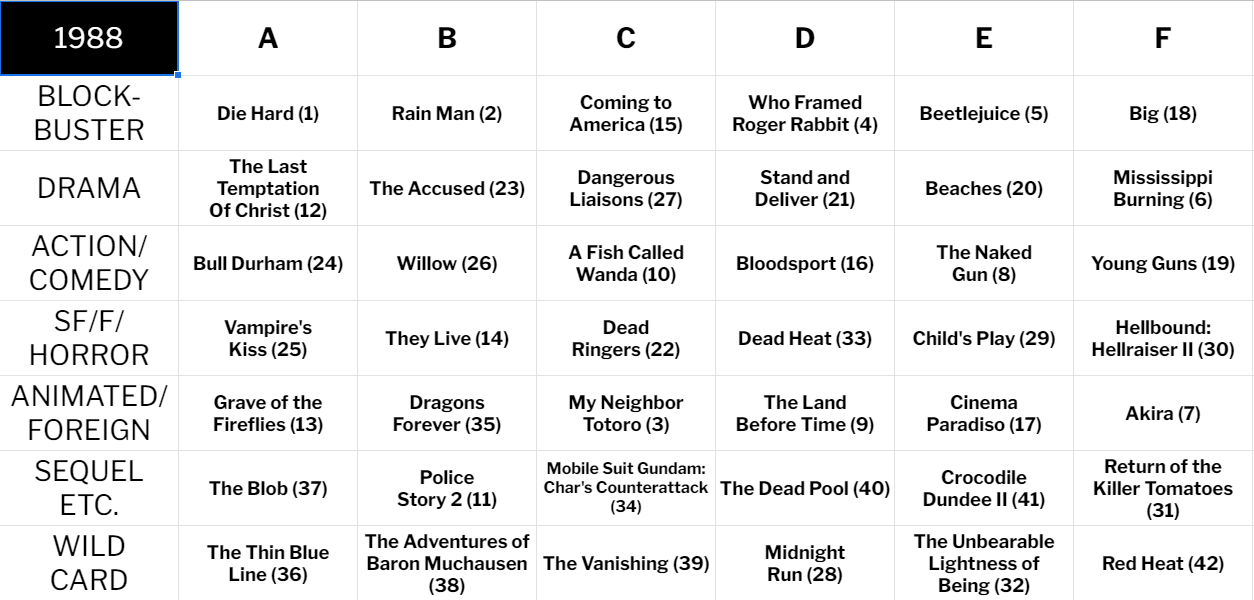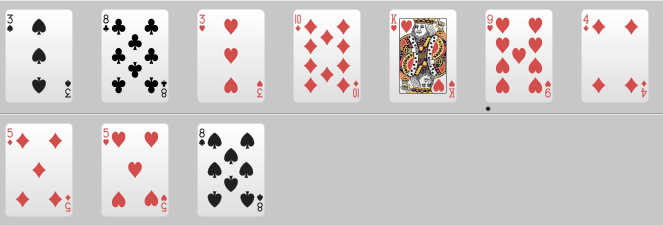Short, Good, Secret. (Towards a Method of Movie Recommendation)

When a friend asks me to recommend them a movie, I never have a title in the chamber and ready to go. Call it choice paralysis: Letterboxd, a favourite website of movie dorks like yours truly, puts the total number of movies in the world at just south of 600,000 and counting. So to help whittle down the list of candidates for my aforementioned friend that totally exists, my answer is usually another question. “Well, what kind of movies do you like?” This helps, but only a little. If my friend says they like science fiction, well, that limits the number of relevant titles to, oh, just a hair above 13,000. This new genre-specific pool is a couple of orders of magnitude smaller that Every Movie Ever Made, but hardly more manageable.
Another example: once upon a time I was on the phone with my mom, and she asked me about westerns. Specifically, she told me that my stepdad was in the mood for a western that evening, and she deferred to my so-called expertise. Surely all that film school book-learning is worth something! So I told her they should watch The Good, the Bad and the Ugly, to some the greatest western ever made
It was the last time she asked me for a film recommendation. This was years ago. They did not like it at all, and I suspect the film's hefty runtime and rambling pace had something to do with it. Maybe I did no favours my hyping to shit out of Sergio Leone's finest hour.
I learned the hard way that helping someone sort out Movie Night is not the time for a flex. Not everyone shares your tastes and your interests, and that's cool. When you're recommending movies to people, there are always going to be swings and misses; you are, after all, two different people with two sets of cinematic pleasure centres. What I'm trying to devise here is a way to keep from striking out, so to speak, and while this method may yield precious few home runs, it'll compensate by delivering way more slap singles into the gap. Sports!
I. Is it short?
I've said it once and I'll say it again: God's runtime is 87 minutes.
I don't want to besmirch the good names of the many excellent epics and exercises in slow cinema that exist, but when I give someone what amounts to pop-culture homework, I want to be respectful of their time. It happened to me more than once that a trusted friend gave me a hearty recommendation only for me to groan at the runtime. Yes, I'm sure Sátántangó is every bit the masterpiece people say it is, but 439 minutes is a steep cliff to climb, especially when I work 5 Sátántangós a week. It doesn't even have to be that extreme: The Good, the Bad and the Ugly's 161 minutes was a deal-breaker for my mom. And you know what? I don't blame her. Two-plus hours is a lot of time to spend with something you might not like.
I think there's something psychologically inviting about a double-digit runtime. The gulf between 99 minutes and 100 minutes is vast. So for the purposes of this method, I'm going to set a runtime limit of 100 minutes. Why 100? While 100 minutes is completely arbitrary, it does fit snugly in between “just over an hour and a half” and “almost two hours.” You can stretch it to 105 if you want a clean hour and three quarters. Remember: this is a recipe, and like any recipe, you can adjust some parts to taste.
II. Is it good?
I absolutely adore the 2010 film Beyond the Black Rainbow. I love its fucked-up sensuousness, its hazy pacing, and its druggy synthesis of 40 years' worth of genre-film brainmelters. I would never in a million years recommend this movie to anyone unless I was 100% sure we were simpatico. Beyond the Black Rainbow is a perfect your-mileage-may-vary movie. There are movies you like that other people scratch their heads at, wondering what all the fuss is about. That's cool.
Now that we've established that something as seemingly simple as “good” is wildly subjective, let's talk about the wisdom of crowds.
Podcaster Merlin Mann has occasionally quipped on his show Reconcilable Differences, and I'm paraphrasing here, “Why would you ever want to watch a three-star movie?” Ignoring the fact that a three-star movie means something different to everyone, I'd argue that the three-star movie fulfills a very specific role in one's media diet. A three-star movie is a competent, unsurprising piece of work that neither arouses nor offends. It is built from stock parts and familiar faces. It is the perfect cure for a hangover on Sunday afternoon. It is the sweatpants of movies, and everyone owns a pair.
Small sidebar: the burden of masterpieces is very real. If you keep insisting to your friends that something is a masterpiece, there's bound to be a pushback, either explicit or implicit. There's also a strange pressure to like movies that are considered canonical, even though you may not like them at all. The fact that something is considered great might, counterintuitively, be a turn-off to some.
Since the point of this exercise is to create a high-floor approach to recommendations, I've decided to set the minimum “quality” threshold for this method of recommendation at an average rating of 3/5 on Letterboxd. As with the runtime, you can adjust this threshold as needed. If a large spread of people think something is at least “good,” it makes for a solid baseline of agreeability.
III. Is it secret?
I deliberately wanted to avoid the word “obscure” for this section because of the film-snob vibe that word can connote, but we do want to privilege movie that are underseen. Why? The 6,000-ish films that make up the 1% of the most popular films on Earth are in the cultural ether. Your Aunt Brenda probably knows that Parasite (741,000+ ratings on Letterboxd at time of writing) exists already in some capacity. So for that reason, this method caps popularity at 10,000 ratings on Letterboxd. Why 10,000? Again, arbitrary. Plus, it looks good next to “100 minutes.”
If I really wanted to commit to using Parasite as my yardstick, having my popularity cap be 1% of the people who've seen the most popular film on Letterboxd has a bit of poetry to it, but honestly, I just like big round numbers. Plus, it's not inconceivable that Parasite cracks a million ratings at some point future. But this method is more about vibes than stats, and other movies with ~10,000 ratings fit the vibe I'm going for: something about as seen as John Boorman's Point Blank or Walter Hill's The Driver.
Part of recommending a film to someone is making the effort of combing the stacks for them, not just the shelves in the front. This may or may not be true for the specific person coming to you for a recommendation, but for our purposes, you're just playing the odds. My strawman cinephile, whether they've seen Pulp Fiction or not, very likely has heard of it. There's a good chance they'll get there by themselves, since the 1% or movies are the ones we tend to absorb by cultural osmosis anyways (how many people get to Kubrick through The Simpsons, or Scarface through hip hop). They've probably heard of every Quentin Tarantino film. As much as I love those movies, I don't think QT needs the help. People can and do get there by themselves. Miami Blues needs the help. Deep Cover does too (even though, at 107 minutes, it falls just a bit outside the purview of this post).
Plus who doesn't love a diamond in the rough? Nothing beats having a new favourite thing that you didn't even know existed the day before. By using this method, hopefully you'll find some hidden gems of your own. Here's a list of 20 of them to get you started.


 Photo: Shudder
Photo: Shudder
 Photo:
Photo: 
 Source:
Source: 
